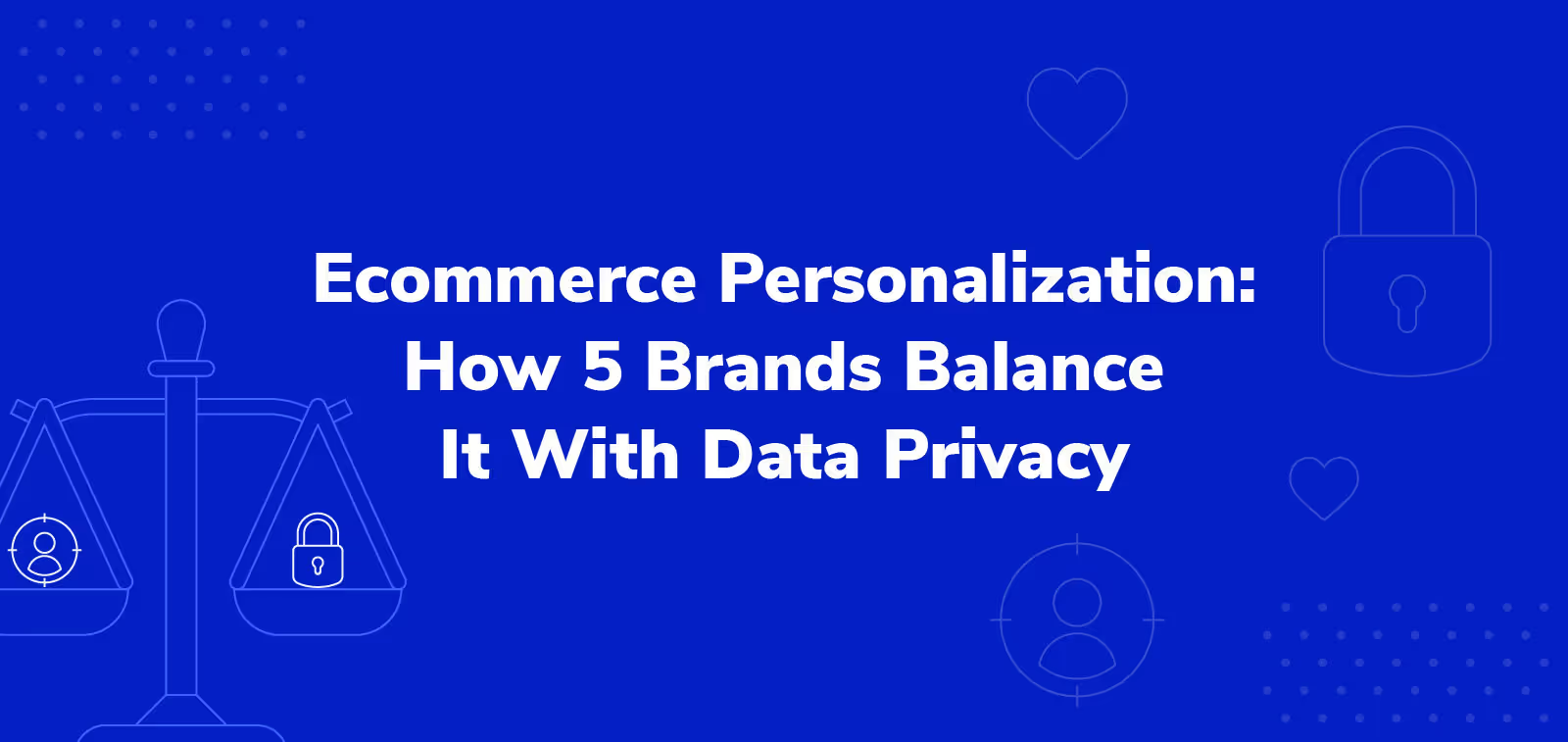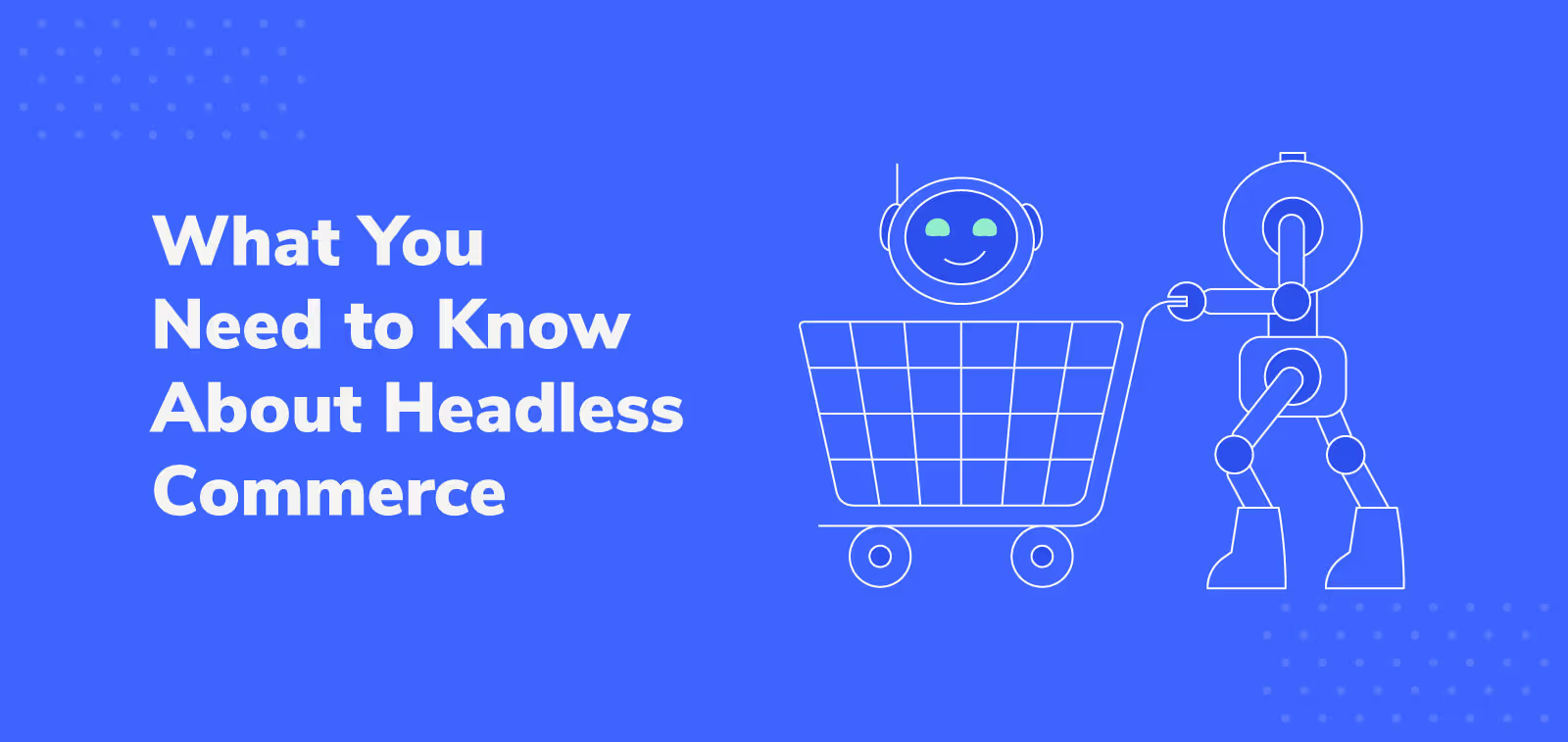5 Shopping Trends Ecommerce Leaders Need to Keep Up With (+ How)
.avif)
In the early days of the internet, it was trendy to showcase a running count of how many visitors came to your website over time; it often looked like an odometer at the bottom of a webpage. Not only was it a cool feature for seeing how popular a site was — which lended itself to some form of credibility at the time — but it was also important data for site owners to leverage.
The days of the page visitor odometer may be gone, but there are no doubt many other trends that ecommerce merchants need to track in order to adapt and stay relevant. If they don’t, they’ll find themselves losing out to rivals eager to exploit the opportunities a changing market presents.
Here are 5 important trends that ecommerce leaders should pay attention to — and what they should do about them.
1. The collapse of customer loyalty
As businesses have dealt with supply chain issues and delays, consumers would rather switch brands than wait for out-of-stock products to become available. To keep customer loyalty strong, businesses should invest in value-focused initiatives, like modern product protection.
According to a McKinsey report, in the three months prior to December 2021, more than 60% of U.S. shoppers were blocked from their first choice of brand and product because they were out of stock. Of those shoppers, just 13% waited for the product to come back in stock rather than look elsewhere. This data makes clear how weak customer loyalty has become.
Time to talk solutions. Digital initiatives are projects that focus on improving business performance through digital technology. The right digital initiative might boost customer loyalty and bring repeat purchases from sources you hadn’t considered.
One such initiative is product protection. Few ecommerce gurus associate product protection with customer loyalty. When a customer purchases a protection plan from Extend, if the covered product cannot be repaired, Extend will replace the product at no additional cost.This often results in returning the customer to the merchant to purchase a replacement product and engage in repeat business.
At this point, merchants also have the opportunity to upsell. The sale of the replacement combined with any additional products the customer buys represents repeat purchases, supporting your customer loyalty metrics.
2. Massive competition as physical stores invest in online
With physical stores forced to adjust business models during the pandemic, they turned their efforts to online operations. This led to an explosion of online B2C competition. To compete in a crowded online world, ecommerce decision makers need to reduce friction throughout the customer journey — particularly at checkout.
Salesforce’s 2021 State of Commerce report reveals one motivation that’s driving so many retailers to double-down on ecommerce: 56% of companies say the majority of their revenue will come from digital within the next three years. The same report also shows that companies are putting their money where their mouths are when it comes to their digital future. Among organizations evaluating themselves as high-performers, 66% are switching in-store experiences to online formats. Clearly, these companies see a greater proportion of their revenue coming from online and are making it a bigger part of their omnichannel mix.
Competitors are unlikely to scale back on online, especially when 48% of consumers report that their shopping habits have shifted permanently post-pandemic. As a result, the heightened online competition accelerated by the pandemic is unlikely to relent.
The sustained battle for the online D2C market means businesses must continue to find new ways to ensure that as many shoppers convert as possible. How? By reducing friction at checkout. Every extra step is another opportunity for shoppers to abandon their carts. Speed up checkout, and you’ll likely see more completed purchases. Arguably, the tactic that best exploits this insight is to embrace one-click checkout, which can be implemented via value-added services like Fast or Bolt. Both services offer one-click checkout for ecommerce, ideal for capitalizing on spur-of-the-moment impulse buying.
3. Top ecommerce brands leverage social commerce
Top-performing online businesses are increasingly differentiated from their weaker rivals by their success in social commerce. With more customers using social media to shop directly, businesses need to adjust their social strategy and distinguish between social media marketing and social commerce.
Salesforce’s data shows social referrals to websites that led to purchases were up 104% year-over-year in Q2 of 2020. Remember, a significant number of customers intend to maintain their pandemic shopping habits, which means such high levels are unlikely to subside.
But not all businesses are making the most of the trend. Among B2C outfits that self-report as high-performing, Salesforce found that 95% said their social commerce efforts were either “very successful” or “successful.” This drops precipitously among moderate and underperformers. This data makes clear that social commerce performance is clearly related to overall business success.
One key to leveraging social media is to distinguish between social marketing and social commerce. Ecommerce leaders should have distinct goals for each. For example, a social marketing goal could be to increase likes and shares at a particular rate. On the other hand, an appropriate social commerce goal might involve boosting sales of a particular product through a specific platform. By differentiating between these different branches of social media activity, businesses put themselves in a better position to boost sales from social.
4. The push for sustainability
Consumers are increasingly signaling that they’re looking for businesses with strong environmental credentials. Ecommerce leaders should invest in initiatives to improve their business' sustainability.
A 2022 Statista report confirms that in the coming years, the generations often considered the least environmentally-conscious (such as the Greatest and Silent generations) will see their share of market spending decline. By contrast, Gen Z will make up a far larger share as more of that generation enters the labor market, and those who already are working have advanced in their careers, leading to more disposable income.
The same report reveals that Gen Z and millennials are more interested in sustainability than previous generations. Across Germany, the U.S., and the UK, both generations reported actively searching for information on “CO2 footprint” in the last 12 months at markedly higher rates than the national average. For example, in the UK, Gen Z reported doing so at a rate of 24% versus the national average of 14%.
To serve a market increasingly hungry for sustainable solutions, ecommerce businesses have a range of options. For example, companies like Earthwise Packing, a sustainable bioplastic organization, makes it easy for brands to switch over to eco-friendly packaging, shrink sleeves, and containers.
Other possible steps to demonstrate a commitment to sustainability include:
- Embracing paperless billing to cut down on waste
- Using sustainable packaging
- Letting users offset the carbon from shipping
- Extending the useful life of products by setting up your own secondhand platform, like Patagonia Worn Wear
5. Strong value-added services make their mark
While we’ve seen how there are solutions available for each market trend, leaders should look for value-added services that can help them adapt to all existing and future trends.
Value-added services are additional features or services on top of the core product that can enhance the customer experience.
For example, customers benefit from Extend's product protection because they can enjoy their purchase with greater peace of mind and get back to using it quickly if something goes wrong.
However, it's not just shoppers who benefit. Value-added services also create more opportunities for merchants to engage with their customers.
Rather than thinking of the sales funnel as a series of steps that begin with awareness and end with a purchase, it's helpful to think of customers as moving through engagement loops.
Value-added services create moments of value that can cause customers to re-engage with the merchant. Uniquely among value-added services, product protection drives customers back to a merchant's site — as approved claims lead to new purchases — while extending lifetime value and building loyalty.
Additionally, Extend’s product protection also helps ecommerce and brick-and-mortar businesses set themselves apart from the competition, gives brands exciting benefits to talk about on social media, and can extend the useful life of products.
That said, with the range of potential benefits product protection can provide varying from vertical to vertical and business to business, it can be tough to gauge which specifically apply to your own situation.
To learn how Extend can benefit your business specifically, book a demo.
Aaron Sullivan is senior content marketing manager at Extend. He specializes in writing about e-commerce, finance, entertainment, and beer.
.svg)
























































